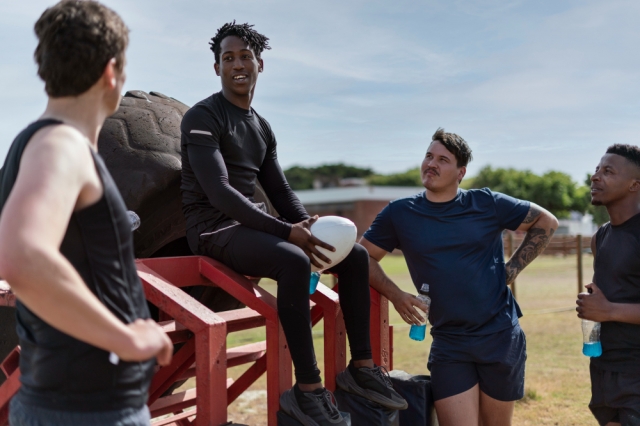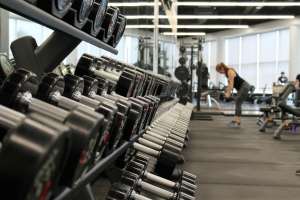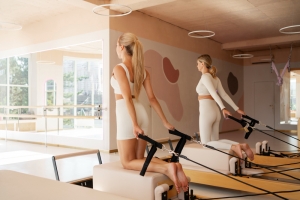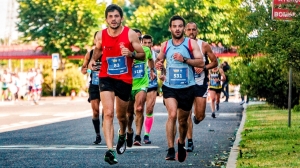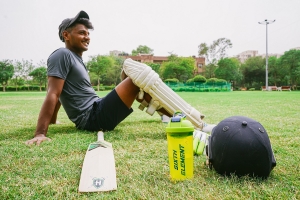Recovery is a necessity, a bonus, and a part of the training process. A weekend warrior, a seasoned athlete, or anyone in between—everyone’s body needs time and tools to bounce back. The difference between progress and plateau often lies in how you recover. If you’re looking to elevate your recovery routine and give your muscles the treatment they deserve, here are seven tried-and-true recovery tools every athlete should consider.
The Importance of Recovery
Recovery is where the real growth happens. It’s the time your muscles repair, adapt, and get stronger. Without it, performance suffers. All you need is the right tools from the right brands. Someone like Recover, who provides solutions that make recovery faster, effective, and more accessible, and part of your daily routine.
Portable Ice Baths
For: Reducing inflammation, speeding up recovery time, and post-intense workouts.
Cold therapy has stood the test of time for one reason: it works. An ice bath makes it easier than ever to tap into the benefits of cold water immersion without needing a permanent setup. Need a chilling dip after a heavy lifting session or a long-distance run? Plunging into cold water can help flush out lactic acid, reduce soreness, and reset your nervous system.
Pro tip: Aim for 10-15 minutes in water around 10-15° C. Not too long, not too cold—just enough to trigger recovery.
Foam Rollers
For: Self-myofascial release, loosening tight muscles, and improving mobility.
Don’t underestimate the humble foam roller. It’s one of the most cost-effective tools for muscle recovery and injury prevention. Rolling out your quads, hamstrings, glutes, and calves can increase blood flow and reduce knots or trigger points that build up from repetitive strain.
Look for a roller that matches your tolerance level—softer for beginners and textured or firm rollers for deeper pressure.
Massage Guns
For: Deep tissue massage, breaking up adhesions, and promoting circulation.
High-tech and highly effective, massage guns have become a staple in many athletes’ bags. They deliver rapid bursts of pressure to targeted muscle groups, helping release tension and boost blood flow. Especially useful after high-intensity workouts, massage guns can help reduce soreness and improve your range of motion.
Just don’t overdo it—2-3 minutes per muscle group is usually enough.
Compression Gear
For: Enhancing circulation, reducing swelling, and post-workout recovery.
Compression gear—think socks, sleeves, or full-leg systems—works by applying gentle pressure to improve blood flow and reduce muscle vibration. While it’s not a magic bullet, many athletes report feeling less sore and more supported during and after workouts.
This type of recovery tool is especially useful for endurance athletes or anyone who logs long hours on their feet.
Resistance Bands for Stretching
For: Gentle stretching, mobility, and active recovery.
Recovery isn’t all about passive rest—sometimes, your body needs movement to feel better. Resistance bands make it easier to stretch and mobilise hard-to-reach areas. They’re especially handy for targeting hips, hamstrings, shoulders, and calves.
Regular stretching with bands can also help prevent injuries by improving your flexibility and range of motion over time.
Epsom Salt Baths
For: Muscle relaxation, stress relief, and easing soreness.
Simple, old-school, and incredibly effective—an Epsom salt bath can do wonders for sore muscles and a tired mind. The magnesium in the salts helps relax muscles and may reduce inflammation. It’s a great go-to option for those days when you’re stiff, stressed, or simply need a good night’s sleep.
Add 1-2 cups of Epsom salt to warm water, soak for 20-30 minutes, and let the tension melt away.
Sleep Tracking Tools
For: Monitoring rest, optimising recovery, and improving overall performance.
Sleep is the most powerful (and often underrated) recovery tool available. Using a sleep tracker can give you insights into your rest quality, recovery score, and readiness for your next session. These tools help you identify patterns and tweak your routine for better recovery.
After all, it’s during sleep that your body does most of its rebuilding. Prioritising sleep isn’t lazy—it’s smart recovery.
Wrapping It Up
You train hard—your recovery should work just as hard. Incorporating tools like portable ice baths, massage guns, and foam rollers into your routine can make a real difference in how you feel and perform.
Not every tool will be right for every athlete, so try a few, listen to your body, and build a recovery regimen that keeps you at your peak—day in and day out.
